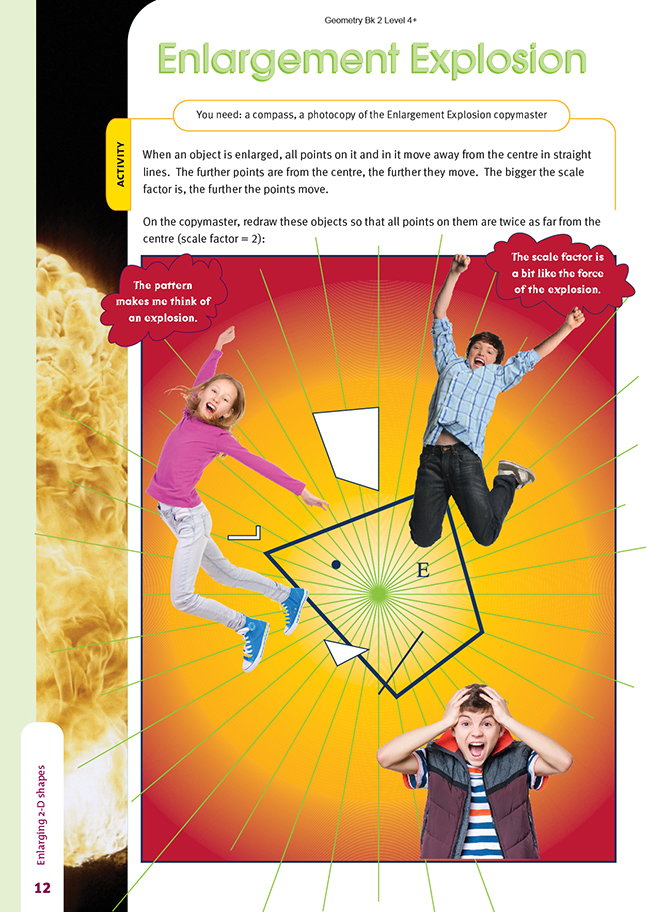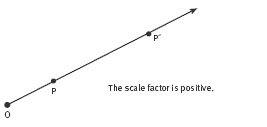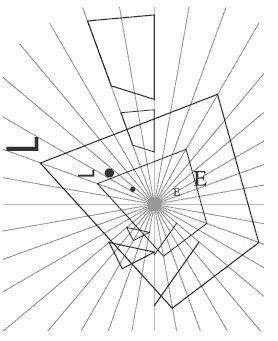This is a level 4 geometry strand activity from the Figure It Out series.
A PDF of the student activity is included.
Click on the image to enlarge it. Click again to close. Download PDF (358 KB)
enlarge a two dimensional shape using a scale factor
FIO, Level 4+, Geometry, Book Two, Enlargement Explosion, page 12
Copymaster of Enlargement Explosion
compass
Your students are likely to have encountered many examples of enlargement, even if they have not recognised them as such. The device may have been an overhead projector, movie projector, TV, photocopier, magnifying glass, telescope, microscope, binoculars, or the zoom lens of a camera. Model cars, trains, planes, and boats are made to scale, and so are enlargements.
Students will also have had experience of scale factors, particularly when using devices (such as a photocopier, a video game, or a video camera) that have a zoom feature.
You could begin this activity by asking your students to think of and list as many examples of enlargement (including reduction) as they can. They can then go on to explore how enlargement works mathematically.
This activity will help them to clarify the concepts and methods involved.
The three key concepts are:
- Enlargement affects every point in the plane except the centre, which is fixed.
- In an enlargement, all points move directly away from the centre in straight lines.
- Every enlargement has a scale factor that determines how far each point moves.
You may need to discuss the idea of there being a fixed centre. This is because in their experience of enlargement, the students will often not have been aware of any such centre. For example, when an overhead projector projects an image onto a screen, there is a centre (the bulb), though it is unlikely that the students have thought of it in these terms.
The diagram shows how a single point (P) moves in an enlargement where the centre is O and the scale factor is 3. P' is the new location of P. (P' is read as "P dash" or
"the image of P".) P' is 3 times as far from O as P.
When the scale factor is:
- greater than 1, all points in the plane move further from the centre (and so shapes increase in size)
- greater than -1 and less than 1, all points move closer to the centre (and so shapes reduce in size)
- 1, points stay where they are
- negative, points end up on the exact opposite side of the centre, as in the diagram on the right.
The students will usually think of enlarging a shape, not a point, but understanding how points behave will make it easy for them to enlarge a shape because a shape is nothing more than a selection of points. To enlarge a triangle, we only need to track the movement of 3 points (the vertices) to know where all the others have gone because shape does not change under enlargement.
The students could go on to draw their own simple geometrical shapes, specify a centre and scale factor for each, and then enlarge them. As above, the process involves drawing a line from the centre through each of the points that define its shape, measuring the distance of each point from the centre, and multiplying it
by the scale factor to give the new position. Finally, they join the new positions of the key points.
The students could take one of their shapes and try using a new centre that is outside, inside, or on their shape and see what difference this makes. (The size, shape, and orientation of the enlarged figures will be identical, but they will be in different places on the paper.)
Answers to Activity
Your copymaster should look similar to this:


